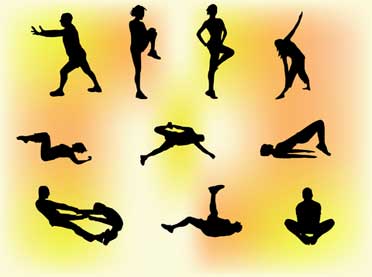We constantly tell us that the squat is a king’s exercise, that without it, you can’t build big hips and that if we don’t, we are not a warrior.
This article will allow some to update their knowledge and see that squats are not suitable for everyone, or, I would say, rather for a minority.
1 – squat morphology
As with the bench press, we’ll start by identifying the ideal squat morphology.
It’s about being relatively small and having short hips. This allows you to descend while staying straight / straight and then take everything into the quadriceps.
Conversely, being tall and having long hips like me basically means having to tilt your bust forward as you descend.
This has two main drawbacks:
- Firstly, this position of the chest helps to stretch the gluteal muscles and, therefore, to attract them
- The second is a weak back position, which increases the risk of injury, as it bends in half under the bar
Ideal position for taking the hips:
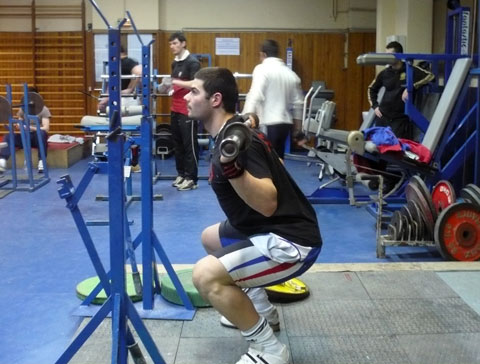
Ideal position to press your back and grab a huge ass
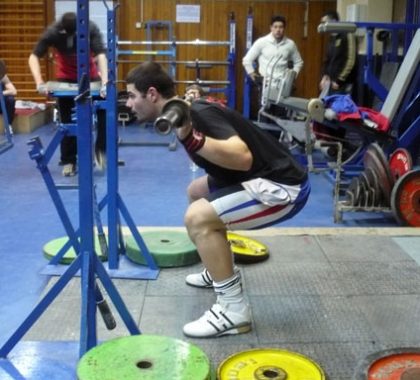
2 – Reliable Connections
While squatting, you have to watch your back, hips, knees, and ankles.
Unfortunately, it is very rare for these joints to be in good condition after several years of squatting.
As a rule, we recognize “squatters” born of their large pelvis and large knees, as well as a solid back.
Finally, if the joint is making you suffer, it will be difficult for you to squat properly when this is undoubtedly the most technical exercise in bodybuilding.
3 – squat muscles
In the best worlds, squatting will force you to accept the quadriceps and hamstrings.
Unfortunately, in most cases, as you tilt your chest forward as you descend, your buttocks become more and more accentuated.
It’s also helpful to know that even if you descend straight, the more you descend, the more your buttocks will participate in the movement in theory. There are exceptions that clearly prove the rule.
Note also that, in theory, leaning the bust forward should induce a preference for the hamstrings over the quadriceps, but as we have seen, the glutes tend to be larger and make up the most work.
In conclusion, if you have a strong side of the buttocks, run from the squat to get bigger hips.
4 – enough flexibility
If there is one exercise that needs to be flexible, it is definitely a squat.
I have never seen anyone have enough flexibility in a squat that would allow them to sink to the bottom while remaining technically perfect, especially since the squat is a movement in which you can quickly seduce harder and harder.
Your pelvis can roll forward as you descend, causing you to lose your shell and the natural curvature of your spine, opening the door for herniated discs.
Wrong position, loss of natural curvature of the column:

Good position:

So feel free to stretch yourself enough to have the flexibility you need to squat if you want to.
5 – adapt the technique of execution
Most powerlifters who practice Athletic Strength set the bar “low”. That is, they put it in their posterior deltoids.
This makes it possible to maximize muscle work to the maximum, we are no longer quite at the very beginning of the movement. A slightly forward-tilted bust, as we have seen, promotes the work of the gluteus muscles and hamstrings, and the buttocks, as a rule, are the secret of the big squat.
Bass bar:
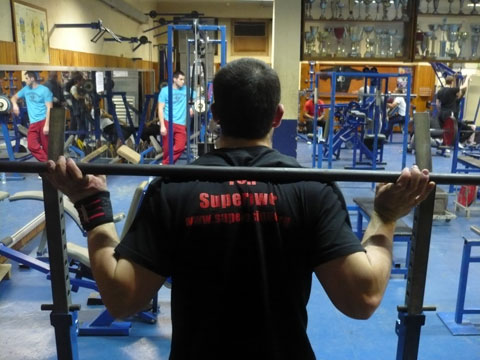
If you want to develop your hips, I advise you to set the bar “high”, that is, on the upper trapezium, in order to descend as low as possible and use the gluteus muscles as little as possible. The hamstrings are always in demand as they are a core exercise that makes great use of their length to length ratio.
High bar:
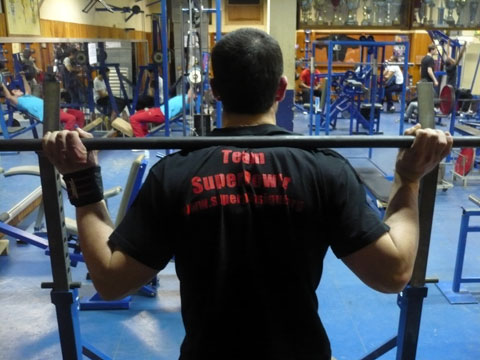
Finally, like the bench press, and I forgot to mention in the video, play on the size of your squat.
Even if some people tell you that the squat is coming to an end, it’s only their opinion and their body, not yours.
By reducing the amplitude of your descent, you can remain upright and maintain the natural curves of your spine, which will allow you to better position your hips while reducing the risk of injury.
Again, you should define the working range yourself according to your flexibility.


